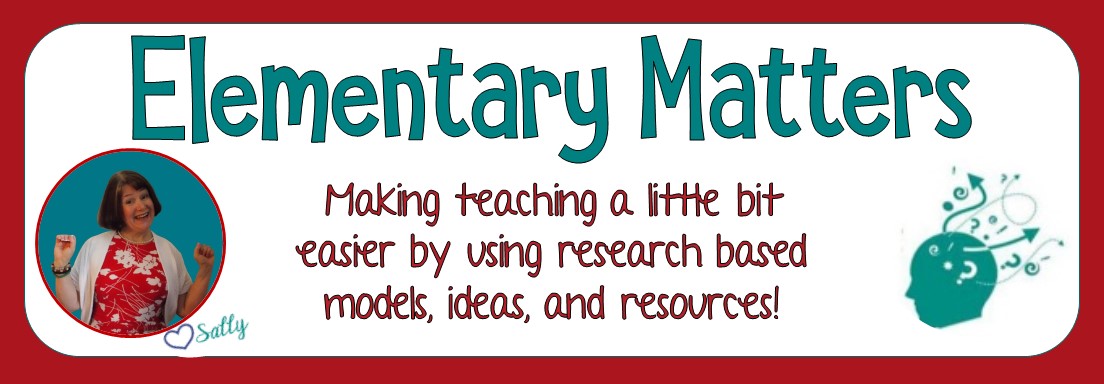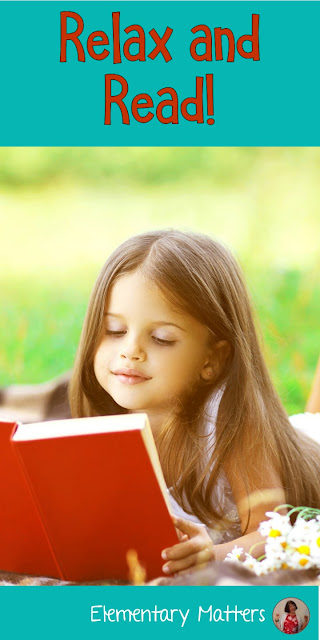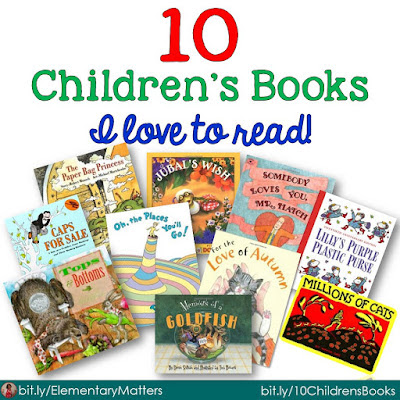For most of us, one of our goals as teachers is to instill a love of reading. I find much of that is in the way it's presented! I never tell my students they "have to" read. I never, ever let it sound like a chore. I tell them it's time to...
Independent Reading time in my classroom is pretty special. I have a collection of pillows that I ONLY allow to be used during independent reading time.
Plus, I make sure there are plenty of good books available for the kiddos. They typically go to the school library once a week, and I have loads of great books in the classroom as well.
Although I typically insist on their reading "Just Right Books", I make an exception on Fridays... they can read an "Easy Sneezy" book. Who doesn't love revisiting an old friend? This is the "summer beach read" for the kids.
One more thing I do to instill a love of reading: model a love of reading!
Much of this comes from my read alouds, which is my favorite part of the day! Read alouds are a great time to model many reading skills, but modeling that love of reading is at the top of the list.
I choose books for my read alouds that are worthy of loving... books I've loved in the past, books I know children enjoy, topics I know the children enjoy, and authors we love.
I've actually been known to pick up a book and caress the cover. Ok, maybe it's a little bit of overacting, but it really isn't.




















